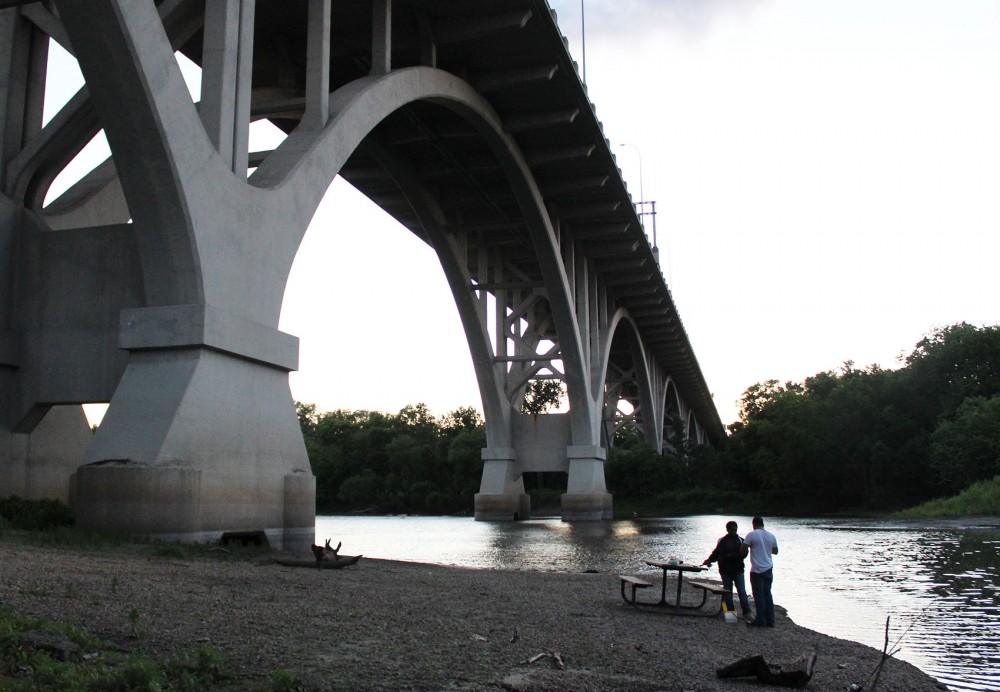Park-goers will soon be able to sound off on state parks and trails, which could give Minnesota lawmakers a better understanding of how the state’s parks and trails are utilized.
The University of Minnesota’s Center for Changing Landscapes will conduct a survey using funding from a state proposal passed earlier this month. Researchers hope to use the survey’s findings to create recommendations that will boost park attendance and make park amenities more consistent across the state.
Of the $536,000 allocated to the University and state organizations, $260,000 will go to the center in July to conduct the survey and analyze its results.
“The foundation of the project is an interest in connecting people and the outdoors,” Center director and the project’s lead Mae Davenport said.
The University has been working on the questionnaire for the last two years, Davenport said. The same survey will be used in the entire state.
The study will also be conducted with the Minnesota Department of Natural Resources, the Metropolitan Council and the Greater Minnesota Regional Parks and Trails Commission.
Officials will distribute the survey before the end of the year. Staff will ask people coming and going from park facilities to complete the 5- to 10-minute questionnaire.
Along with asking questions about satisfaction with park amenities, the survey will gather demographic information like race and age, Davenport said.
Paul Purman, a consultant with Minnesota’s DNR Parks and Trails Legacy Grant Program, said parks that choose to act on recommendations based on the survey could see more people frequenting their facilities.
Leaders involved with the project also hope the survey’s results will lead to consistency regarding park funding and quality across the state, Purman said.
“One of the big goals of the legacy amendment work is to make parks and trails as accessible to as many people as we possibly can,” Purman said. “And good work is predicated on good research.”
State legislators, like Sen. Terri Bonoff, DFL-Minnetonka, said the funding will provide the three involved park organizations a chance to work together and reap the survey’s benefits.
“There is always a fight at the Legislature between the metro folks and outstate folks because the outstate folks get a greater share of the parks and trails money,”
Bonoff said.
Researchers will gather and analyze data next summer. After which, they will present their results to the state Legislature and other organizations, Davenport said.








